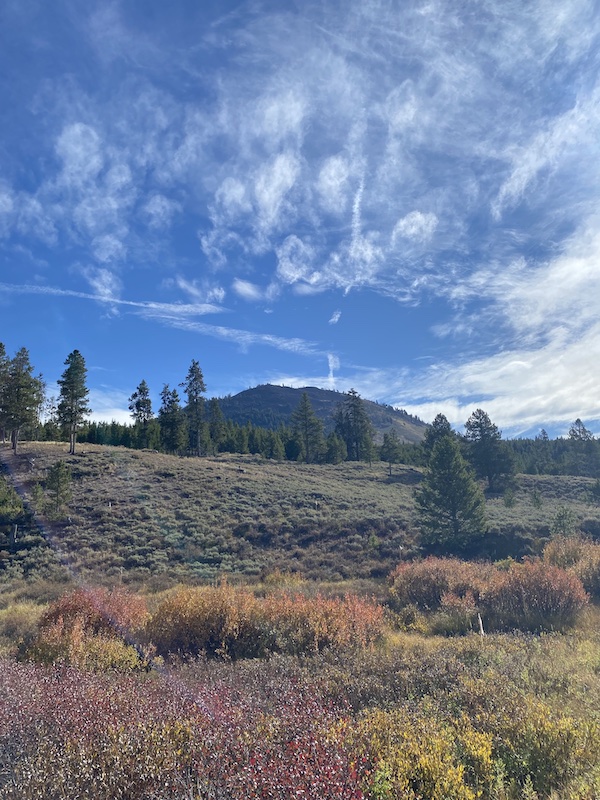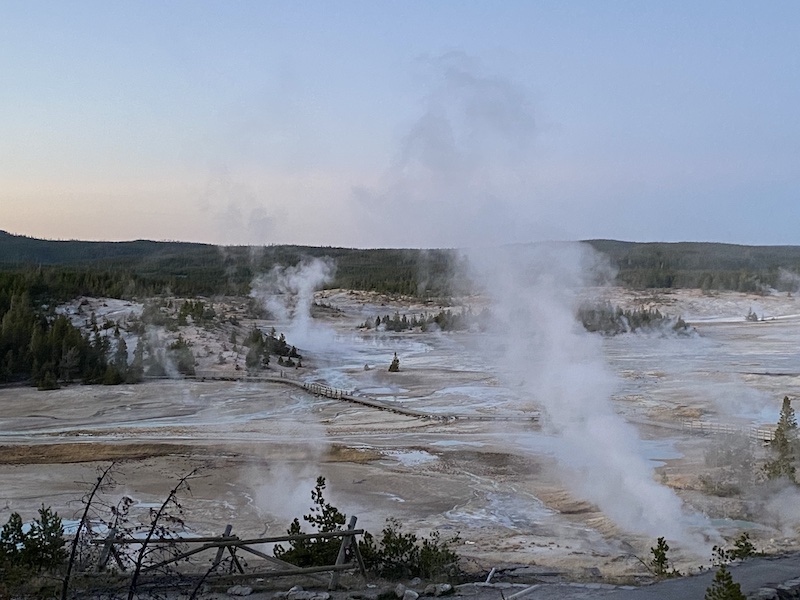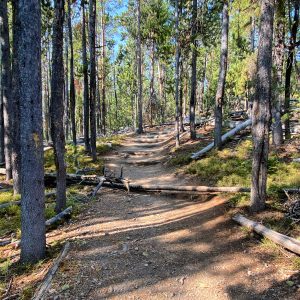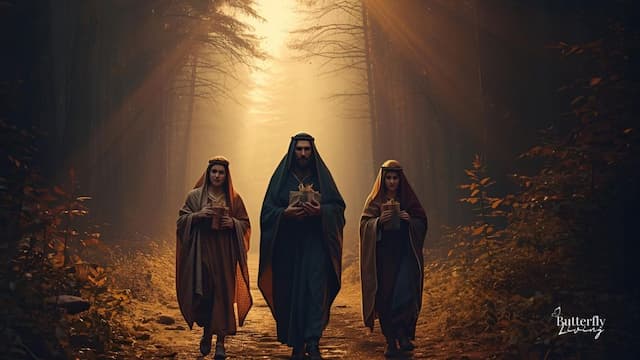What is the Wilderness? - Natalie Ogbourne

“Where do the rangers keep the animals at night?”
Standing across the camera counter from the man who asked that question, I almost laughed.
Surely he was joking. But I looked at him and saw he was serious. This guy has to be at least thirty. I thought. How could he not know this? There is no way to contain Yellowstone’s animals. Even if there was, that’s not what the park is about. I envisioned rangers summoning animals of all kinds—big ones like bison, bears, moose, and elk, along with small ones like foxes, marmots, otters, and mice—toward iron bars rising from the earth to contain them for the night. (From Waking Up in the Wilderness: A Yellowstone Journey, available October 21.)
Even as I answered the man, a customer at the Old Faithful Inn gift shop, I was busy assessing his demeanor (which was normal), his eyes (also normal), and his tiny running shorts and calf-high athletic socks (sadly, for those of us who grew up in the eighties, also normal). Turns out, he was a regular guy. While he didn’t seem to know a whole lot about wild animals and wild places, even my then eighteen-year-old self realized that he probably did know about a lot of things that I did not.
Wilderness takes many forms. In the literal sense, it’s an inaccessible place, often defined by words related more to what it is not rather than what it is. Uninhabited. Inhospitable. Uncultivated. Figuratively, we often refer to it as a representation of times of difficulty or disorientation. Whether literal or figurative, wilderness is sometimes hard for us to recognize.

Is Yellowstone a Wilderness?
People have interesting ideas about Yellowstone. Some believe it is way too civilized, to the point of saying that the wilderness has been ruined. Others seem to think it’s a glorified zoo—some due to inexperience but a few out of willful ignorance. (Consider the woman who got way too close to a grizzly and refused to move until it charged.)
Even with all its roads, boardwalks, hotels, and restaurants, Yellowstone remains a wild place teeming with wild animals and wild water. Because of the Yellowstone National Park Protection Act of 1872, no one can stake a claim and set up residence. While it is filled with people, only a few of them (park employees) live there–none of them permanently.
Yellowstone is also uncultivated and often inhospitable. Because most visitors never leave sight of the road, it is also largely unused and unseen. And because of its rugged topography, some of it remains hidden. According to The Guide to Yellowstone Waterfalls and Their Discovery, there are two waterfalls believed to exist in the park’s Icebox Canyon. These falls are believed rather than known to exist because there is no record of them being seen. The authors could hear the falls but were unable to reach them.
Even with its trappings of civilization, Yellowstone fits the definition of a wilderness.

We Need Wild Places
Maybe you’ve never been to a literal wilderness. But we’ve all traveled the tough terrain of a figurative one. Maybe you’re traveling through something like that now.
Literal, geographical wildernesses have implications for the figurative, spiritual ones we encounter in the landscape of everyday life. The path between cubicles at the office, the halls between classrooms at school, the carpet from the front door to the kitchen table at home, and the aisles through the grocery store or church—these are the places we’re most likely to experience difficulty and disorientation. Biblical allusions to our “walk” of faith aren’t just to make a pretty metaphor. They are there to help us understand how to live by faith when we’re passing through tough terrain in our actual, everyday lives.
We probably don’t all live close to a literal wilderness, but taking a hike or a walk in the closest thing we have to one will do us good because what’s true on the trail is often true in life. What seems insurmountable today will become somewhere we’ve been, often sooner than seems possible. More importantly, what looms large today will be a feature of the landscape God has brought us through tomorrow.
🧭 What’s the closest thing you have to a wilderness area near you? May I suggest a short walk? Even a little time on the trail often reveals something about walking by faith.
take heart & happy trails ~ Natalie 🥾






